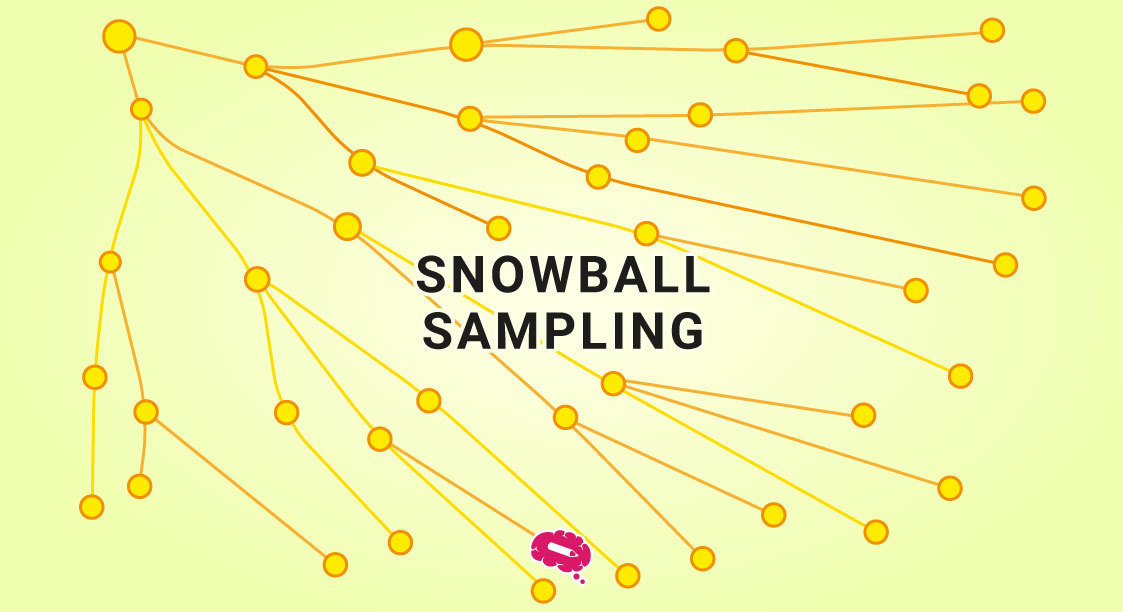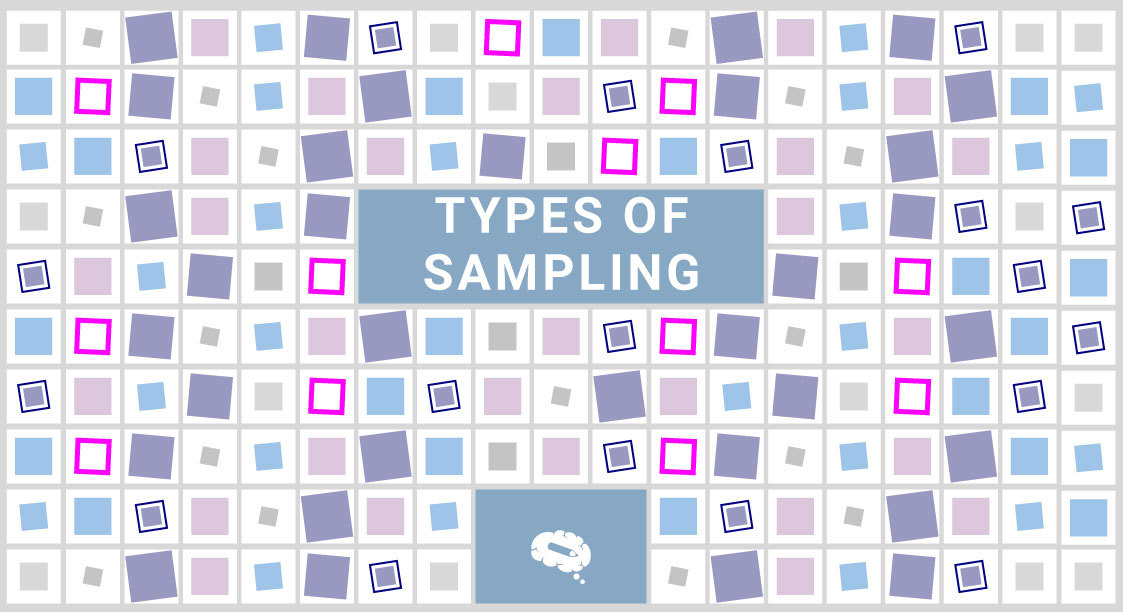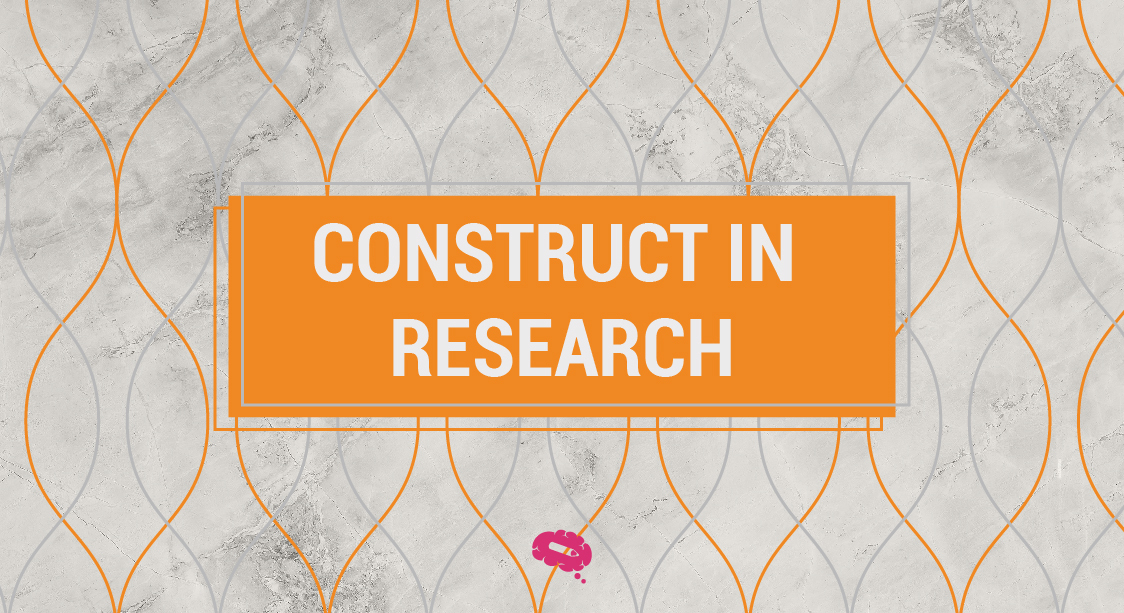In the realm of social science research, snowball sampling has emerged as a unique and powerful methodology. Traditional sampling methods often face challenges when it comes to studying populations that are difficult to reach. However, snowball sampling offers an effective alternative by leveraging existing connections and networks.
By understanding the intricacies of this methodology, researchers can expand their sample size and gain valuable insights that may have otherwise remained hidden. In this article, we will provide an overview of snowball sampling, explore its various types and methods, delve into its applications across different domains, and evaluate both its advantages and limitations.
What is Snowball Sampling?
Snowball sampling, also known as chain referral sampling or network sampling, has garnered attention as a non-probability sampling technique widely used in social science research. Its primary purpose is to overcome the limitations of traditional sampling methods when studying populations that are challenging to access.
By leveraging the power of referrals from initial participants, researchers can expand their sample size and gain access to hidden populations, marginalized communities, or individuals engaged in stigmatized behaviors. In the following sections, we will delve deeper into the fundamentals of snowball sampling, its underlying principles, and the reasons behind its effectiveness.
Types of Snowball Sampling
Within the realm of snowball sampling, different approaches can be employed to cater to specific research needs and objectives. In this section, we will discuss two types of snowball sampling in detail, shedding light on their unique characteristics and showing when to employ each approach.
- Homogeneous Snowball Sampling: This type of snowball sampling focuses on recruiting participants with similar characteristics or experiences, ensuring the sample represents a specific subgroup within the target population. With Homogeneous Snowball Sampling, researchers can obtain nuanced insights into the research topic.
- Heterogeneous Snowball Sampling: In heterogeneous snowball sampling, researchers aim to recruit participants from diverse backgrounds to capture a broader perspective on the research topic. This approach allows for a comprehensive exploration of the research domain.
Snowball Sampling Methods
Snowball sampling encompasses various methods that researchers can employ to initiate and expand their sample size effectively. One prominent method is Respondent-Driven Sampling (RDS), which combines peer-driven recruitment with statistical adjustments. Additionally, Snowball Sampling with Seeds is another valuable method. In this section, we will delve into the details of these methods and explore their applications in different research contexts.
Respondent-Driven Sampling (RDS)
RDS is a rigorous and widely used method of snowball sampling that has gained popularity for its ability to provide representative estimates within hidden populations. This method combines peer-driven recruitment with statistical adjustments to overcome some of the limitations associated with traditional snowball sampling.
The process of RDS begins with the identification of a small number of initial participants, often referred to as “seeds”. Researchers select seeds based on their knowledge of and connections within the target population. The criteria may include specific characteristics or attributes that align with the research objectives.
Once the seeds are recruited, they are asked to nominate other individuals from the target population who meet the research criteria. The referral process continues iteratively, with each participant referring others, creating a chain referral network. Importantly, RDS introduces a mechanism to control the biases inherent in snowball sampling by applying statistical adjustments during the data analysis phase.
The statistical adjustments in RDS aim to account for the non-random nature of the recruitment process. These adjustments utilize the information on participants’ network sizes and the characteristics of the target population to weight the data and estimate population parameters accurately. By incorporating these adjustments, RDS provides valid and reliable estimates that can be extrapolated to the broader hidden population.
The applications of RDS are diverse, with researchers utilizing this method in various fields such as public health, sociology, and epidemiology. It is particularly useful when studying populations affected by stigmatized behaviors, such as individuals living with HIV/AIDS, drug users, or sex workers.
RDS allows researchers to reach individuals who may be wary of disclosing their identities or affiliations, thereby providing valuable insights into these often marginalized and underrepresented populations.
Snowball Sampling with Seeds
Snowball Sampling with Seeds is another method employed within snowball sampling that begins with a small set of initial participants, commonly known as seeds. The selection of seeds in Snowball Sampling with Seeds is crucial, as they serve as the foundation for the subsequent recruitment process.
Researchers seek individuals who possess relevant knowledge, experiences, or connections within the target population. By starting with seeds that meet the specific criteria, researchers can ensure that the subsequent referrals are more likely to meet the research criteria as well.
Once the seeds are identified, they are approached by the researchers and asked to participate in the study. In addition to their own participation, seeds are requested to refer other individuals from their network who also meet the research criteria. This referral process forms the basis of expanding the sample size through subsequent waves of recruitment.
The process of referral continues iteratively, with each participant nominating others who, in turn, refer more participants. This chain referral mechanism allows for the recruitment of individuals who may not have been reachable through traditional sampling methods. By leveraging existing social connections and networks, Snowball Sampling with Seeds provides a means to access hidden or difficult-to-reach populations.
This method offers advantages in terms of efficiency and practicality, as it utilizes existing relationships to expand the sample. The trust and rapport established between the initial seeds and their referrals can increase the likelihood of participation and yield more comprehensive data.
However, it is important to note that the sample obtained through Snowball Sampling with Seeds may still be subject to biases, as the recruitment is reliant on the characteristics and connections of the initial seeds.
In summary, Snowball Sampling with Seeds offers a strategic approach to expand the sample size by utilizing initial seeds that meet specific criteria and leveraging their social networks for participant recruitment. This method provides researchers with a valuable tool to access hidden populations and gather insights from individuals who may have unique perspectives or experiences related to the research topic.
Applications of Snowball Sampling
Researchers have employed Snowball Sampling in various research contexts. It is particularly beneficial when studying communities or groups that are tightly knit, geographically dispersed, or possess a high level of social cohesion. By starting with seeds that have strong connections within these communities, researchers can effectively tap into the networks and gain access to individuals who may otherwise be difficult to locate or engage.
Snowball sampling finds applications in various research domains, including:
- Infectious Disease Research: Studying hard-to-reach populations affected by infectious diseases, such as HIV/AIDS, where traditional sampling techniques may not be effective.
- Social Sciences: Exploring marginalized communities, hidden populations, or individuals involved in illicit activities to understand their behaviors, attitudes, and experiences.
- Market Research: Investigating niche markets or consumer segments that are difficult to identify through traditional sampling methods.
- Anthropology and Ethnography: Conducting in-depth studies of small, close-knit communities or cultures where access may be limited.
Advantages and Disadvantages
Snowball sampling offers researchers a range of advantages that make it a compelling choice for research endeavors. In this section, we will explore both the advantages and disadvantages of snowball sampling, providing researchers with a comprehensive understanding of its implications.
Advantages of snowball sampling
- Access to Hard-to-Reach Populations: It enables researchers to reach populations that are otherwise inaccessible or underrepresented in conventional sampling approaches.
- Cost and Time Efficiency: Snowball sampling is often more cost-effective and quicker compared to other sampling methods, as it leverages existing connections and networks.
- Greater Participant Cooperation: Participants referred by existing connections may feel more comfortable and be more willing to participate in the study.
Disadvantages of snowball sampling
- Sample Bias: The reliance on referrals can introduce selection bias, as participants may share common characteristics or opinions.
- Limited Generalizability: Snowball sampling may not provide a representative sample of the target population, limiting the generalizability of the findings.
- Ethical Considerations: This should address issues such as informed consent, privacy, and potential harm to participants.
Assessing Saturation: Different Approaches
Saturation is a crucial aspect of qualitative research, determining when collecting more data will yield diminishing returns. Several approaches can be used to assess saturation within the context of snowball sampling. In this section, we will explore three different approaches to assessing saturation in snowball sampling, aiding researchers in determining when to conclude data collection.
- Data Triangulation: Researchers analyze data from multiple sources, perspectives, or methods to achieve saturation.
- Theoretical Saturation: When the data collected supports or develops the theoretical framework, it reaches saturation.
- Informational Redundancy: Researchers continue sampling until little or no new information emerges from the data.
Snowball Sampling: a valuable research tool
Snowball sampling has proven to be a valuable research tool, empowering researchers to study populations that are otherwise difficult to reach through traditional sampling methods. By understanding the methodology, types, methods, advantages, and limitations of snowball sampling, researchers can make informed decisions about its application in their studies.
With its potential to unveil insights from hidden populations, snowball sampling contributes to the advancement of social science research and beyond. By leveraging existing connections and networks, researchers can expand their sample size, gain access to marginalized communities, and delve deeper into the behaviors, attitudes, and experiences of individuals involved in stigmatized behaviors.
75,000+ scientifically accurate illustrations in 80+ popular fields
Mind the Graph is a powerful platform that provides scientists, educators, and researchers with access to over 200 pre-made beautiful templates for professional infographics. These visually appealing templates enable users to create engaging and informative visuals to communicate scientific concepts effectively.
Whether presenting research findings, explaining complex topics, or creating educational materials, Mind the Graph offers a user-friendly interface and a vast library of graphics and icons to enhance scientific communication.

Subscribe to our newsletter
Exclusive high quality content about effective visual
communication in science.





